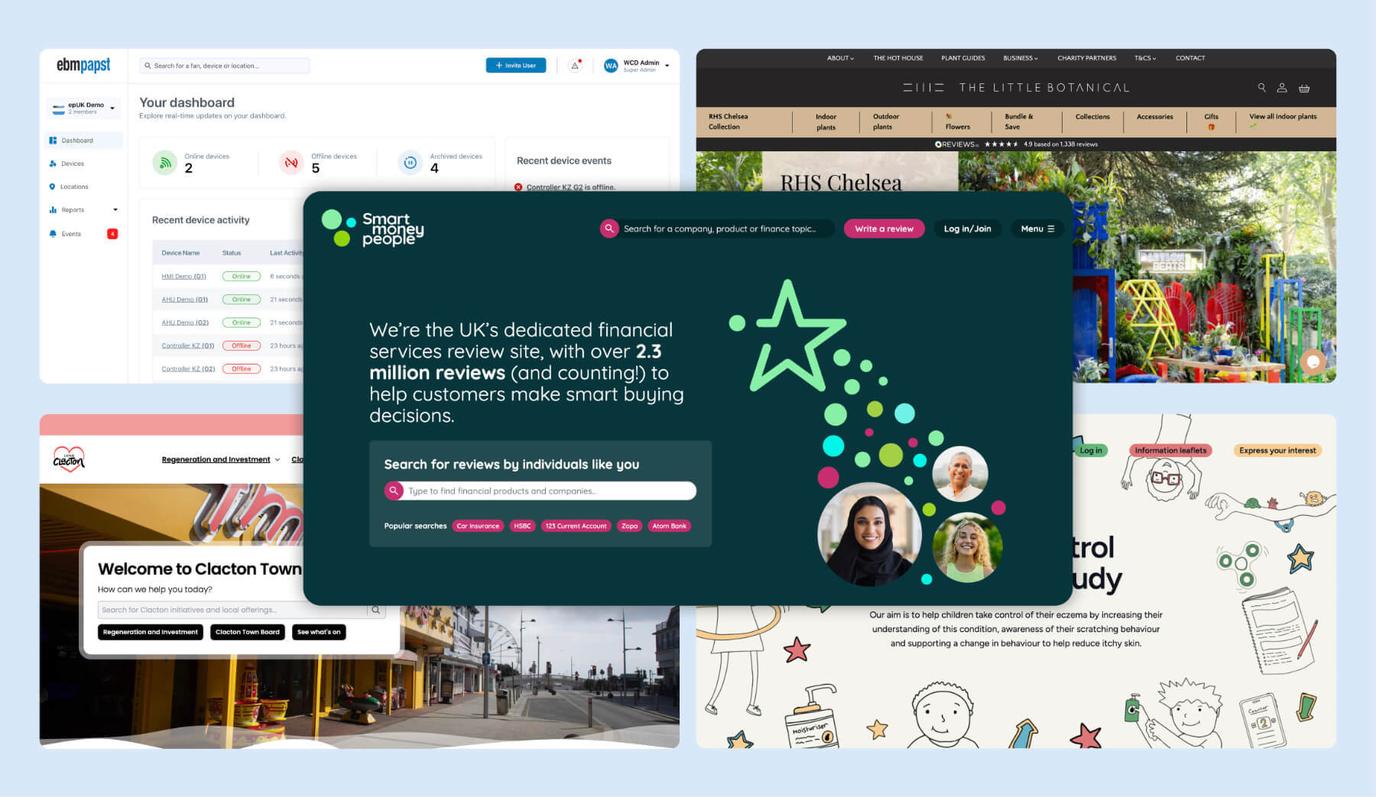The article defines a Minimum Viable Product (MVP) as the quickest, lowest-feature version of a digital product to test market demand, then introduces the Simple, Lovable & Complete (SLC) approach as a more user-friendly alternative.

What does MVP mean?
MVP stands for Minimum Viable Product. This is a term used to describe a version of a new product or service that has been designed with the minimum features in order to collect user feedback or attract users as quickly as possible.
Why would you use a MVP?
The basic concept of MVP is that the only way to test an idea is to get people to actually use it. Therefore, if you want to get people using it as quickly as possible, it doesn’t need to be the finished version – it just needs to have the minimum amount of work put into it that still allows it to be used.
If you spend a year creating a ‘perfect’ app or product before showing it to consumers, there is a chance they will hate it. In the case your product isn’t as good as you thought it would be or that no one has any real need for it, you’d have wasted a lot of time and money.
However, the MVP strategy allows you to share your product with consumers at a very early stage, meaning you will know in advance if it is worth continuing to work on or if it needs a new direction.
Who really benefits from MVPs?
MVPs are a good idea for startups or those looking to limit unnecessary expenditure (which is everyone, isn’t it?). They let you know at an early stage if you’ve struck gold or if you’ve completely missed the target. This feedback can be invaluable for entrepreneurs and developers who have limited funds and resources.
The downsides of MVPs
MVPs aren’t necessarily great for the people who will be using them. Sometimes they can actually get a negative response, even if users love the concept because the user experience is poor. We’re living in an era where people want to be able to use products and services without delay and for them to be high-quality. There are more options than ever online, and customers won’t settle for using unfinished products even if they have potential. So if customers don’t like a product then this could mark the end of its journey before it really gets started,
So going for the minimum amount of work may actually not make it entirely viable if it puts people off. This can make the process of determining what MVPs should look like pretty difficult.
Introducing SLCs
As some companies grapple with how they might approach MVP, there is an alternative in early development processes that focus more on the user experience.
SLC is an alternative method of development that stands for Simple, Loveable and (most importantly) Complete.
SLC products are simple versions of websites that, like MVPs, have been designed with cutting costs in mind. However, unlike MVPs, they do offer a complete service. As long as SLCs don’t claim to do more than they do, then customers will be forgiving. Besides, customers accept simple products every day and are far more likely to enjoy using a simple complete product than an incomplete complex one.
We explore the differences between MVPs and SLCs more in our dedicated blog post on this subject, where we give a few examples of successful iterations of both of these processes.
Get in touch
If you need help with a project or are looking to get your product or service to MVP, our team of experienced developers will be able to help you and answer any questions you might have. We provide a full package when it comes to digital development – covering everything from UX to SEO. Feel free to contact us today to speak to our team.





